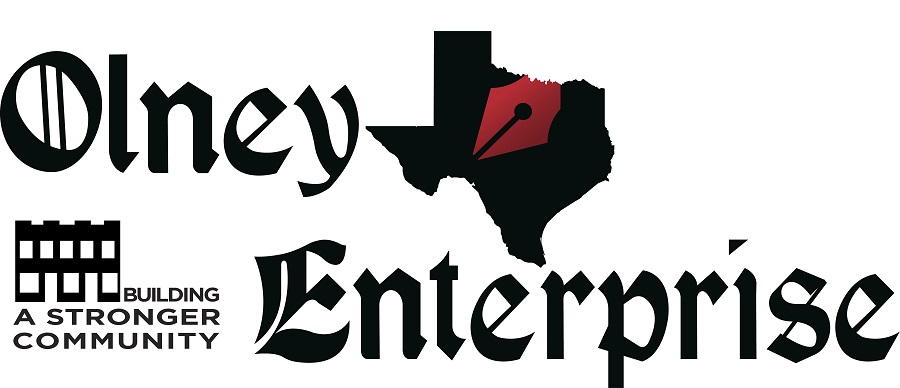More taxes, fewer services.
The Olney Hamilton Hospital board of directors voted 8-1 on Aug. 23 to raise taxes and stop delivering babies on June 1 to afford the spiraling costs for a new hospital as some board members urged a “pause” in the construction to consider other options.
Board member Lindsey Miller voted against the hospital district tax hike to .445670 percent per $100 valuation from .193134, saying the board is “breaking our promise” to local taxpayers who voted to approve $33 million in bond sales last November with the understanding that their tax rates would not increase.
The hospital administration also said last October that services would remain the same in the new hospital.
The other OHH board members are president Dale Lovett, Carl Craig, Rita Choat, Randy Whitmire, Ron Rogers, Lonnie Rue, Dave Lund, and Dr. Jeremy Johnson.
OHH administrator Mike Huff and the hospital’s financial advisors said money for the new hospital would come from taxes paid by the Young Wind Farm and the Plug Power hydrogen plant. The budget for the new hospital ballooned to $42 million less than six months later.
The board now must raise the $2.1 million to cover payments on those bonds, and increase the maintenance and operations tax to cover higher costs resulting from inflation, Mr. Huff said.
Mrs. Miller said the board had gotten “bad information after bad information … it’s hard to make a good financial decision with bad financial information.”
“How can we max out our borrowing and our tax rate? This plan scares me and I don’t feel comfortable going through with it,” she told the board ahead of the vote. “I want a hospital. We all want a hospital. But how do we pay for it? If one more thing goes wrong we have nowhere to go.”
Mr. Craig asked whether the board could “pause” the construction, set to begin in January, while the board considers other options that will not obligate taxpayers to pay 2.5 times more than expected in taxes for as much as eight years.
Mr. Craig said he and Mrs. Miller toured the former Olney Savings building on East Main Street to explore whether remodeling the long-abandoned building would be cheaper than building a new facility.
“The scary part for me is if you issue those $6 million [in additional bonds] you’ve got 2 cents [in additional tax revenue],” Mr. Craig said. “I think we’re putting ourselves in a pretty tight box. It’s a question of whether to build the hospital.”
Mr. Huff said that without the new facility and the higher tax rate “this hospital will not operate much longer.”
“We have already sold the bonds,” Mr. Huff said. “These are very sophisticated investors and they have powerful legal teams.”
Mr. Lund echoed the comments of several other board members when he voted to approve the tax increase, saying “we have to pay our bills.”
“We’re taking on a project that still looks feasible,” he said.
The OHH board - minus Dr. Johnson and Mrs. Miller - approved a plan at a special called June 5 meeting to reduce the new hospital’s footprint by 14,000 square feet and to cut obstetrics after learning from Guide Architecture of Dallas that the costs for building the hospital had risen from $550 per square foot in 2022 to $720 per square foot due to inflation.
On Aug. 23, Mr. Huff informed the board that the hospital would cut obstetrics a year earlier than planned – by June 1, 2025, to save approximately $1 million in labor costs associated with obstetrics. Pregnant patients will be referred to hospitals in Jacksboro, Seymour and Wichita Falls after that date.
Dr. Johnson said cutting obstetrics could be dangerous for patients as medical staff loses competency in obstetrics and gynecology, and financially bad for the hospital, as women take their families to the hospitals where they delivered their children for pediatrics and other services.
“We have always talked about what OB means to a community,” he said. “The competency will go down dramatically. I’ve seen it in Graham. You’re going to lose those patients.”
